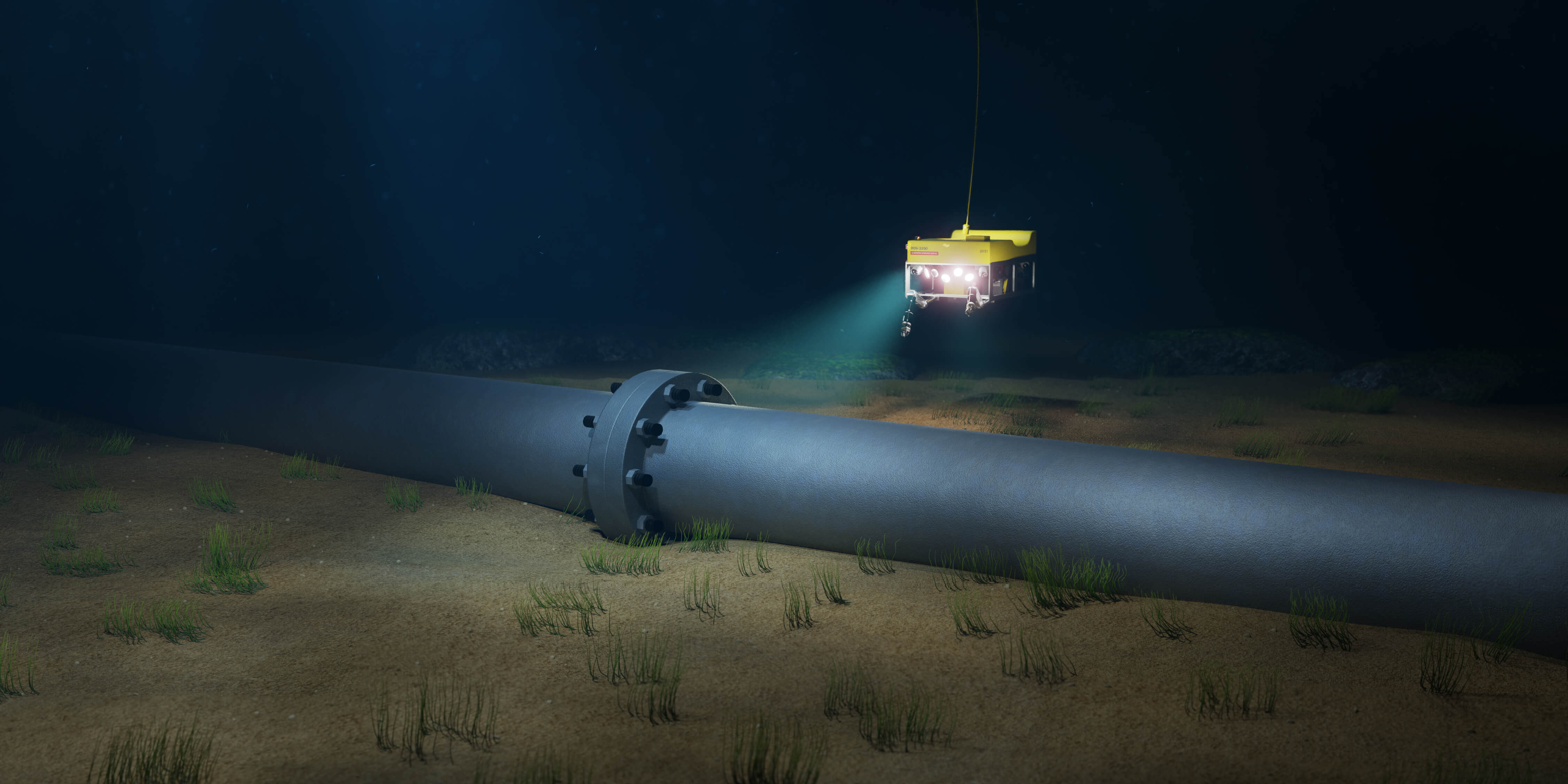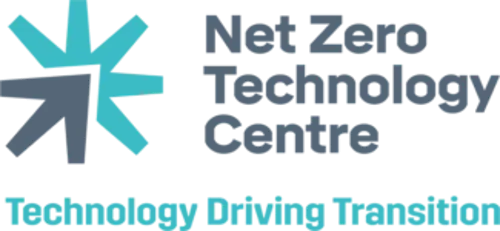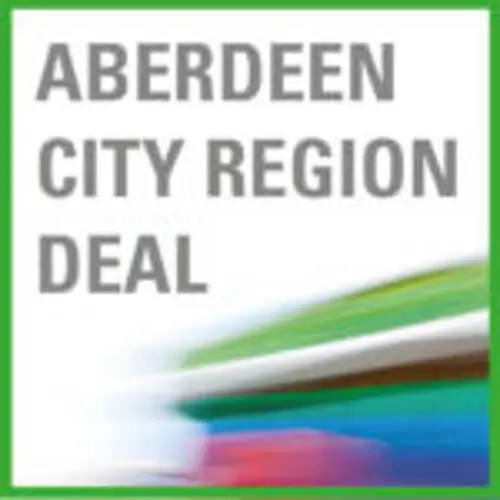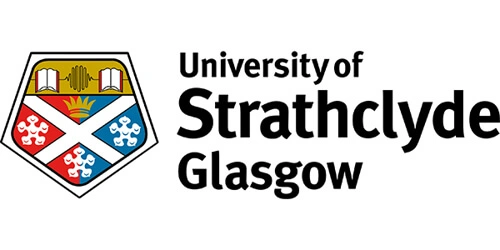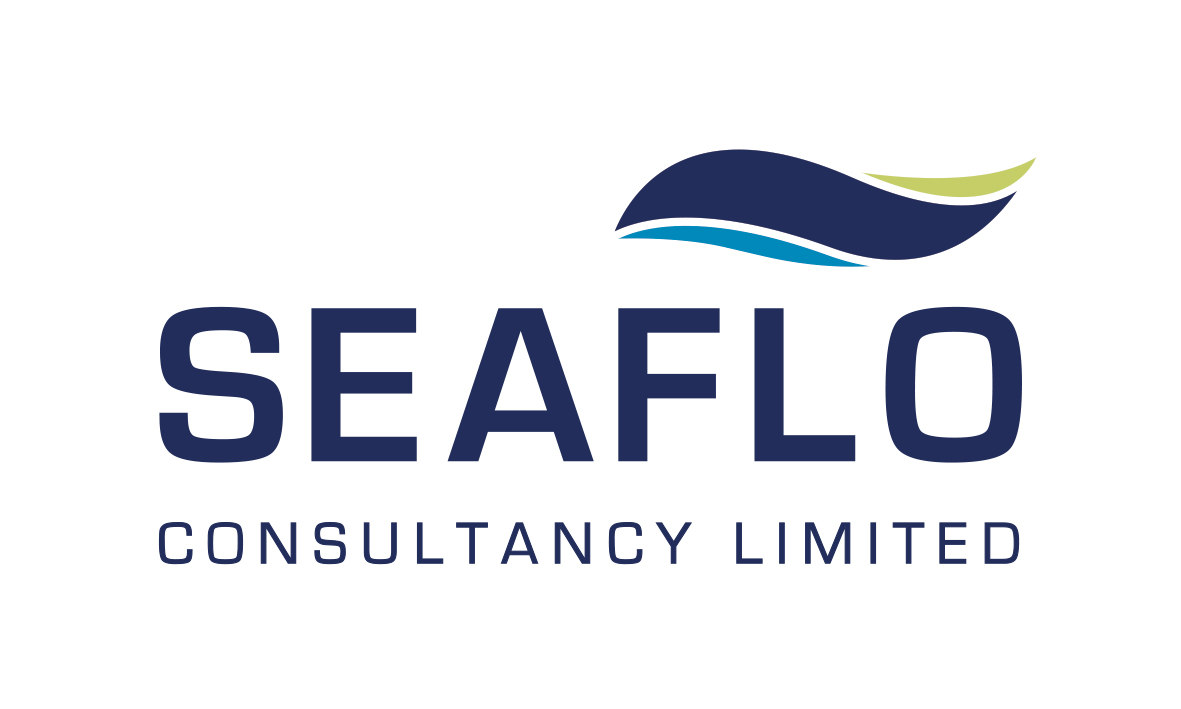Project Background
The SeaSense project is revolutionising subsea exploration with its innovative haptic technology. At its core, there is a ground-breaking haptic hand, designed to provide an intuitive interface for controlling large robotic systems in challenging subsea environments. This tactile interface enables human operators to feel and manipulate objects remotely, offering increased power, accuracy and intricacy in handling tasks such as valves, control systems, connectors and subsea equipment.
What sets SeaSense apart is its capability to excel in harsh and low-visibility conditions where visual feedback falls short. The project is part of the National Subsea Centre's (NSC) Transparent Ocean research programme, led by Prof. Jinchang Ren, which aims to apply cutting-edge multimodal sensing and machine learning techniques for smart condition monitoring of subsea infrastructures and environments with improved automation and reduced cost/emissions. By extracting precise information from geometric measurements and physical attributes, SeaSense aims to make subsea operations safer and more efficient, spanning inspection, maintenance and decommissioning.
SeaSense seeks to enhance subsea remotely operated vehicles (ROVs) by introducing a dexterous robotic haptic hand and controller, all while integrating the crucial element of human involvement. A consortium of partners (Net Zero Technology Centre, National Subsea Centre, Robert Gordon University, University of Strathclyde) support the project, providing their valuable expertise. By combining power enhancement with intuitive control, improved perception and AI-driven smart sensing, SeaSense strives to eliminate the risks associated with diver-based operations, reducing costs and carbon footprint.
The significance of SeaSense however extends beyond the subsea sector. Its potential applications in topside operations promise operational optimisation between human operators and power manipulation systems in remote scenarios. This project aligns with the North Sea Net Zero Carbon basin vision, promoting remote operations and localised autonomy. Successful deployment could yield substantial savings, with potential health and safety benefits by avoiding extreme subsea conditions and reducing carbon emissions. SeaSense stands as a beacon of innovation, driving a sustainable marine-based economy and reshaping the future of offshore operations.
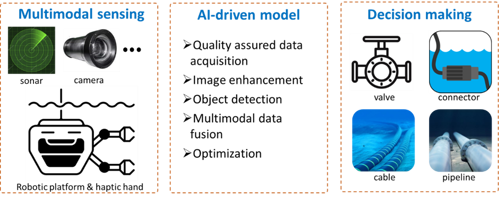
Recent Developments
The Transparent Ocean research team has been making significant progress on this project by focusing on accomplishing key milestones. A crucial aspect of their recent work involves ensuring high-quality data acquisition in both optical and sonar modalities. Additionally, the team has successfully developed a real-time object detection system utilising the Jetson Nano platform.
In their pursuit of excellence, the research team has introduced a novel deep learning-based image enhancement model that enhances the quality of underwater images captured during their data acquisition process. This innovative approach leverages advanced neural network architectures to address the challenges posed by limited visibility and complex underwater environments. By enhancing image clarity and detail, this model contributes to more accurate and insightful analysis of underwater data.

To complement their efforts in image enhancement, the Transparent Ocean team has also developed a sophisticated image quality assessment model. This model utilises intricate algorithms to objectively evaluate the quality of the acquired images. By quantifying factors such as sharpness, contrast and noise, the assessment model ensures that only the highest-quality data is used in their research endeavours. This attention to image quality not only enhances the reliability of their results, but also establishes a robust foundation for accurate analysis.
Achievements and Impacts
The team's efforts have resulted in notable achievements and impacts. They have produced software prototypes for underwater image quality assessment and image enhancement, enabling end-users to conduct quantitative analyses. These tools provide valuable insights into subsea environments, enhancing data interpretation. The team's dedication to research excellence is underscored by their preparation of scientific journal articles, reflecting their commitment to advancing the field.
Collaboration with RGU to collect sonar data from a controlled experimental pool demonstrates the team's multi-faceted approach. This collaboration aims to illustrate the potential of sonar modality for depth retrieval. This pioneering work holds promise for safer and more efficient subsea operations, encompassing activities such as inspection, maintenance and decommissioning.
Future Plans
Looking ahead, the Transparent Ocean team has ambitious plans for further development. Their future trajectory involves the creation of a multimodal data processing module that integrates optical (RGB) and sonar information. This convergence is positioned to elevate the calibre of underwater data analysis, nurturing a holistic comprehension of subsea landscapes.
Moreover, the team is actively engaged with a stereovision system to explore the potential of point cloud technology within underwater scenarios. This exploration extends beyond the subsea domain, envisioning applications in topside operations. The introduction of point cloud analysis holds the potential to optimise interactions between human operators and power manipulation systems in remote scenarios.
In essence, the recent achievements, ongoing reverberations, and forward-looking aspirations of the Transparent Ocean team come together as brushstrokes on the canvas of innovation in underwater research and technology. Their resolute commitment paints a portrait of a team united by a common purpose, dedicatedly navigating the frontiers of possibility.
